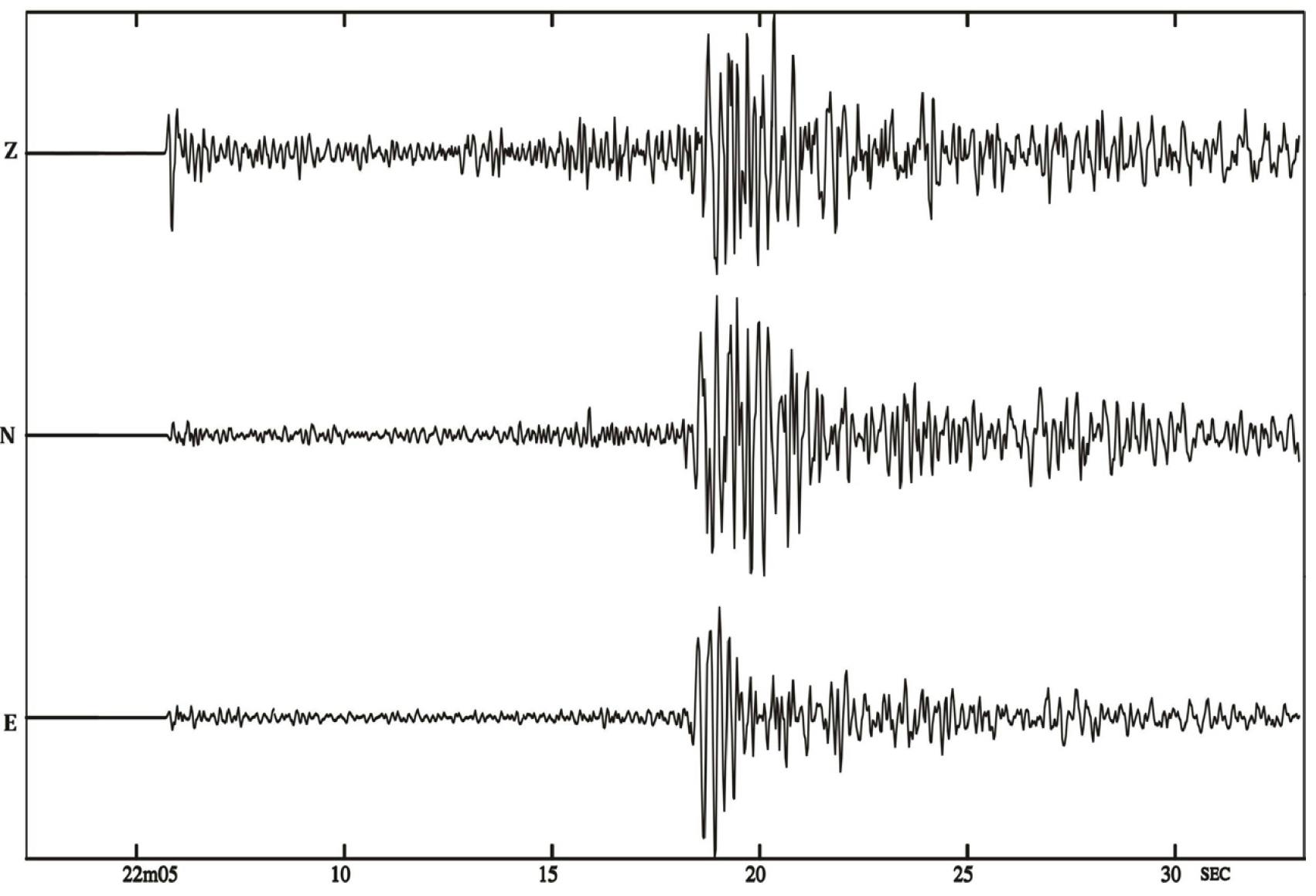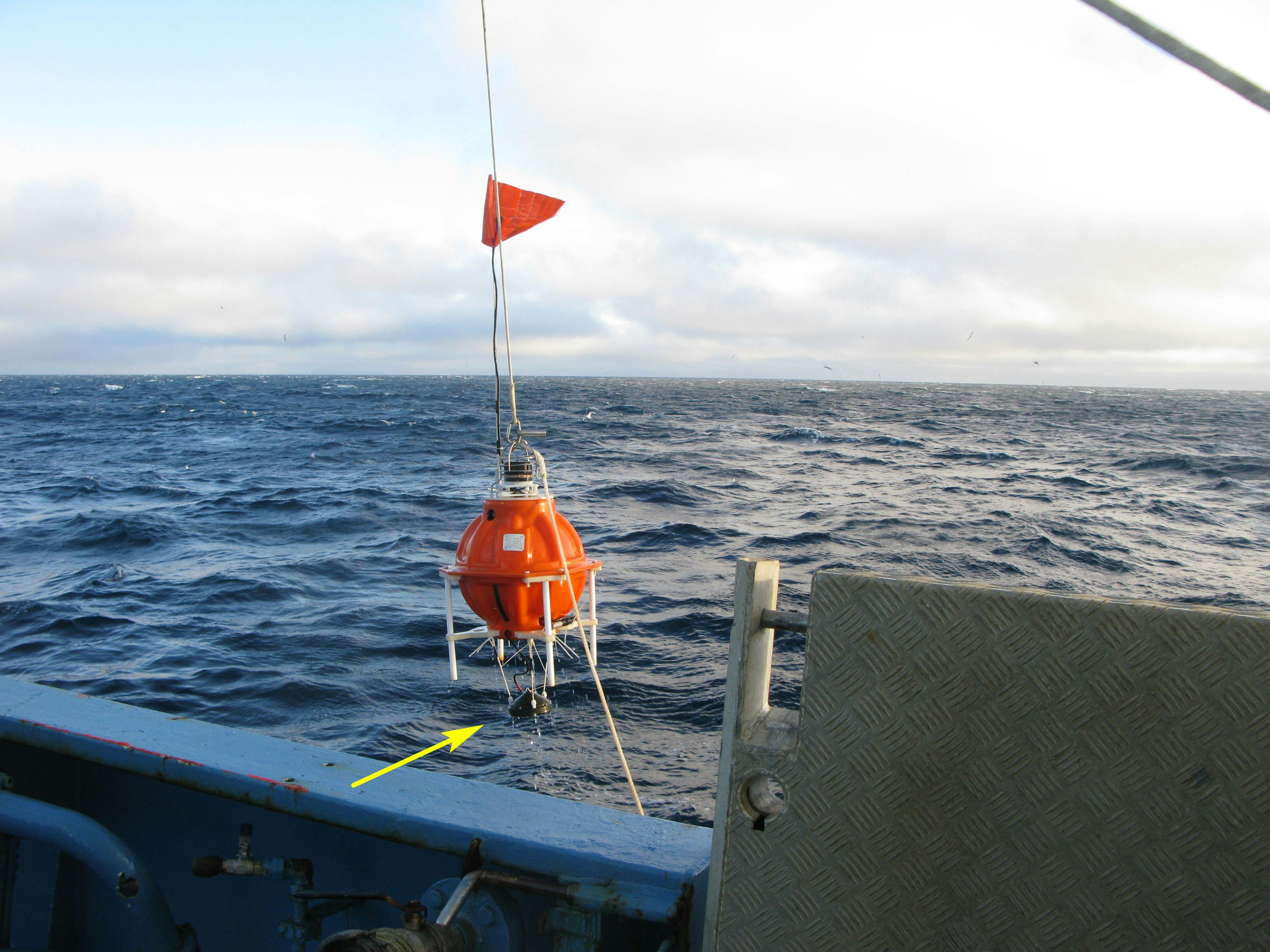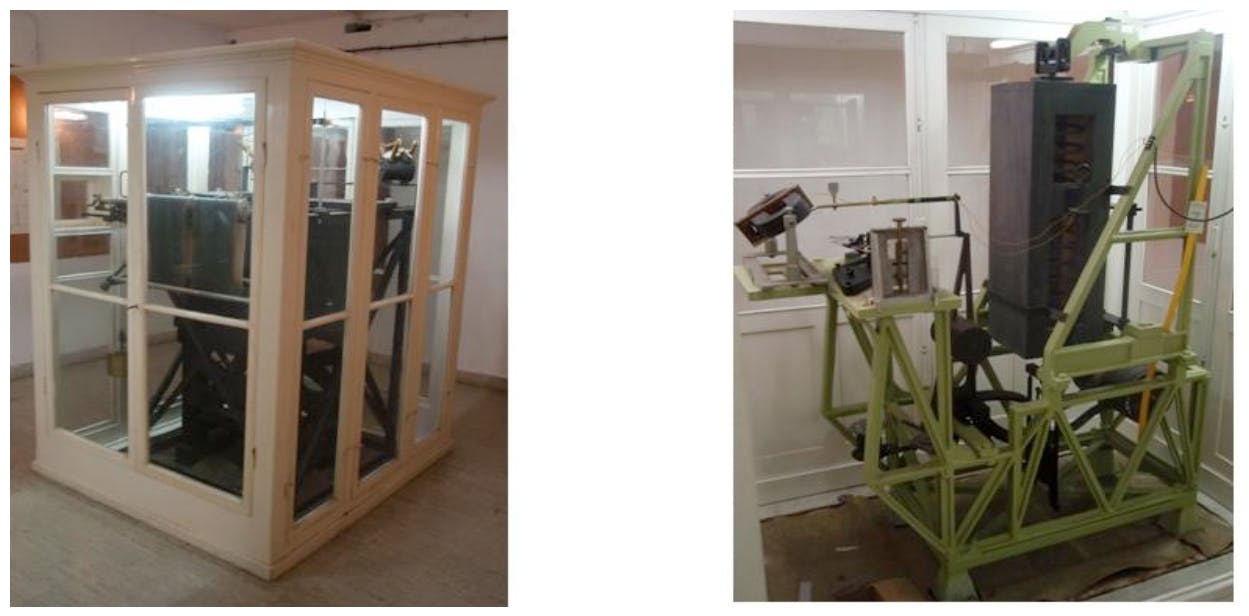A seismometer is an instrument that measures the motion of the ground. Ground shaking can be caused by earthquakes, volcanic eruptions, explosions, human or animal activities, ocean waves pounding against the surface, or any other forces applied to the earth.
Initially, seismometers operated in independent observatories. Now, they work in networks of tens to thousands of sensors and we can see in real-time the earthquakes that happen all over the world.
Seismometers are very sensitive and can measure the tinniest movement of the ground. In fact, they measure particle velocity when the ground is shaken. If the motion is stronger, seismometers reach their limits and we need less sensitive instruments, such as accelerometers. These measure the acceleration of the ground and stay on scale even during strong shaking.
Did you know?
The WWSSN (World-Wide Standardized Seismograph Network), an early global seismic network, was set up during the Cold War and one of its main purposes was to monitor nuclear tests.
Many schools around the globe operate seismometers and permanently record ground motion and earthquakes.
Smartphones have a built-in accelerometer, therefore they can measure ground motion. Have you tried an application that does that?
One seismic station needs three different sensors aligned along three orthogonal directions, or a three-dimensional sensor, in order to describe the ground motion completely.
Imagine a steel, rigid, 100-metre-long plate. The most sensitive seismometers placed on one side of the plate can detect if the other side moves vertically by the thickness of a sheet of paper.
In the late 19th and early 20th centuries, the seismometers used to record earthquakes around the globe were massive objects, with weights reaching over 1 ton. Nowadays, a seismometer the size of a coffee cup can do the same job.
There is not yet one single seismometer that can record all the interesting frequencies of ground motion nor all the amplitudes generated by earthquakes.
You can build a seismometer with simple and cheap materials.
Before the digital era that began in the 1960’s, seismograms were recorded on paper and the system was properly named a seismograph.

Seismograms showing ground motion caused by a regional earthquake 120 km away from the seismic station. To describe the ground motion completely, one seismic station needs three different sensors aligned along three orthogonal directions. These are usually the vertical (Z in the figure) and two horizontal directions, North-South (N in the figure) and East-West (E in the figure).

Seismometers (yellow arrow) are deployed on the ocean floor for long periods of time to record signals that are not caught by the permanent seismic stations on land. The photo shows the deployment of an Ocean Bottom Seismometer (OBS) for an experiment to record baleen whale vocalizations.

Early seismometers, better identified as seismographs, were large and heavy pieces of hardware, so that they could record earthquakes from the other side of the earth. The figure shows one such model, the Wiechert seismograph, with the horizontal sensor on the left and the vertical sensor on the right. The oscillating mass is over 1 ton on the vertical sensor.
Continue Exploring
Bibliography
Batlló J and Bormann P (2000) A catalog of old Spanish seismographs, Seismol. Res. Lett. 71: 570–582.
Stein, S. & Wysession, M. (2009). An introduction to seismology, earthquakes, and Earth structure. John Wiley & Sons.
International Registry of Seismograph Stations (http://www.isc.ac.uk/registries/registration/)
Instituto Dom Luiz
Narciso et al.,Instituto Geofísica da Universidade de Coimbra, 2010.